General description
Monoclonal Anti-Human CD8 (mouse IgG2a isotype) is derived from the hybridoma produced by the fusion of mouse myeloma cell line NS-1 and splenocytes from Balb/c mice immunized with human thymocytes followed by peripheral blood T cells. The CD8 antigen is strongly expressed on approximately one-third of mature T cells (cytotoxic/suppressor T cells). Monoclonal Anti-CD8 does not stain B lymphocytes, monocytes, or granulocytes.
Specificity
Recognizes the CD8 human T cytotoxic/suppressor lymphocyte cell surface glycoprotein. Approximately 90% of thymocytes are stained in suspension. In thymus sections, both cortical and medullary thymocytes are stained. A subset of NK cells express this antigen weakly. The epitope recognized by this clone is sensitive to routine formalin fixation and paraffin embedding.
3rd Workshop: code no. 567
Immunogen
human thymocytes followed by peripheral blood T cells.
Application
FITC Monoclonal Anti-Human CD8 may be used for:
- Immunofluorescent staining,
- Enumeration of total T cytotoxic/suppressor lymphocytes in bone marrow, blood and other body fluids,
- Identification and localization of T cytotoxic/ suppressor lymphocytes in lymphoid and other tissues,
- Analysis of cell mediated cytotoxicity,
- Studies of immunoregulation in health and disease,
- Investigation of NK cells, Complement mediated cytolysis of CD8 expressing cells
Biochem/physiol Actions
CD8a (Cluster of Differentiation 8a) is a human gene. CD8 bind to class I MHC and the co-receptors during the process of cytotoxic T-cell activation. T cells that express T cell receptor (TCR) complexes, which lack CD3 δ, exhibit severely impaired positive selection and TCR-mediated activation of CD8 single-positive T cells. CD3 δ couples with TCR. The CD3 associated with CD8 is required for effective activation and positive selection of CD8+ T cells. CD8 expression is a recurrent rare phenomenon in patients with chronic lymphocytic leukemia (CLL).
Target description
CD8 is a two chain complex (α/α, α/β) receptor for Class I MHC molecules. The receptor′s cytoplasmic portion is associated with p56lck protein tyrosine kinase which phosphorylates nearby proteins. The antigen is strongly expressed on approximately one third of mature T cells (cytotoxic/suppressor T cells).
Physical form
Solution in 0.01 M phosphate buffered saline, pH 7.4, containing 1% bovine serum albumin and 15 mM sodium azide.
Preparation Note
Prepared by conjugation to fluorescein isothiocyanate isomer I (FITC). This green dye is efficiently excited at 495 nm and emits at 525 nm.
Disclaimer
Unless otherwise stated in our catalog or other company documentation accompanying the product(s), our products are intended for research use only and are not to be used for any other purpose, which includes but is not limited to, unauthorized commercial uses, in vitro diagnostic uses, ex vivo or in vivo therapeutic uses or any type of consumption or application to humans or animals.
- UPC:
- 41116126
- Condition:
- New
- Weight:
- 1.00 Ounces
- HazmatClass:
- No
- WeightUOM:
- LB
- MPN:
- F0772-100TST












